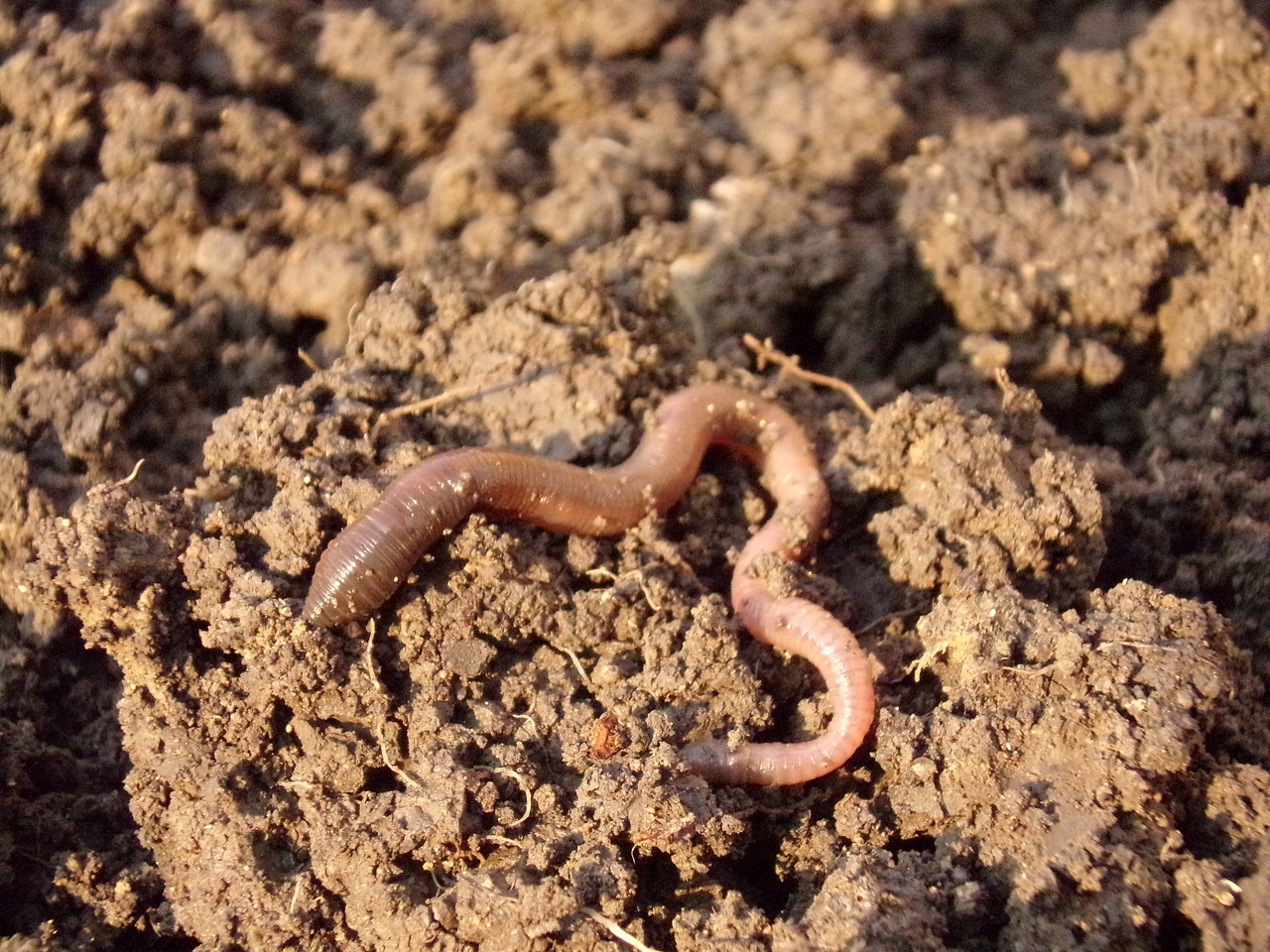
Researchers have created the first global atlas of earthworms using information based on surveys at 7,000 sites in 56 countries.
The global atlas of earthworms was developed in order to help protect the hundreds of different earthworm species that can be found on all continents except Antarctica.
These earthworms play an important role in the improvement of soil but there is very little data about them on a global scale. Dr. Helen Phillips of the German Centre for Integrative Biodiversity Research in Leipzig, said that humans rely on earthworms for increasing crop yields and aerating the soil, but we have been overlooked them in the past
Dr. Philips added: "As children, probably the vast majority of us held earthworms in our hands and probably weren't quite aware how significant they are in the environment and for the things that we rely upon. We should never stop looking at the above ground biodiversity but we really shouldn't be overlooking what's beneath our feet, as well."
The development of the atlas involved an international team of 141 researchers from 35 countries who mapped global patterns in the number and type of different earthworms and how this relates to factors like soil pH and the climate.
The researchers found that patterns of earthworms in the soil can be influenced by temperature and rainfall, which may denote that climate change might have "serious implications" for both earthworms and what they provide to nature.
Dr. Noah Fierer of the University of Colorado, Boulder, pointed out that the findings of the research emphasizes that earthworm distributions are highly sensitive to climate, though "it remains unclear how earthworm communities will respond to ongoing climate change".
Published in the journal Science, the study also revealed that locally, the number of species and the population of earthworms are lower in the tropics compared with temperate areas.






